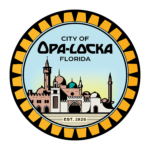The sight of cyclists navigating crowded sidewalks has become increasingly common in many communities, including along The Seacrest Corridor Plan in Boynton Beach. While this behavior is often criticized, it represents a rational response to infrastructure that fails to provide safe alternatives.
During our recent site assessment, we observed numerous cyclists of all ages choosing sidewalks over roadways. This decision rarely stems from preference cyclists don't naturally gravitate toward narrow, obstacle-filled paths shared with pedestrians. Rather, it reflects legitimate safety concerns about sharing roadways designed exclusively for motor vehicles.
When roads feature high traffic volumes, excessive speeds, or multiple lanes without dedicated cycling space, many cyclists make the understandable choice to seek refuge on sidewalks. For less confident riders, families with children, and seniors, this often feels like the only viable option despite the inherent challenges of navigating around pedestrians, utility poles, and broken pavement.
The prevalence of sidewalk cycling along the Seacrest corridor isn't a behavioral problem to be corrected it's a clear indicator of infrastructure failure. Without protected bike lanes, wide shoulders, or traffic-calmed streets, cyclists are forced into an impossible choice between perceived safety and legality.
Our complete streets approach to the Seacrest Plan acknowledges this reality by designing dedicated spaces where cyclists can travel safely without impeding pedestrian movement. By recognizing that sidewalk cycling stems from systemic design failures rather than individual choices, we can create meaningful solutions that benefit everyone using the corridor.
For updates on the Seacrest Plan and upcoming opportunities for public input, visit VZFLA.com/boynton-beach
Image accordion Title
Image accordion Title
Image accordion Title

